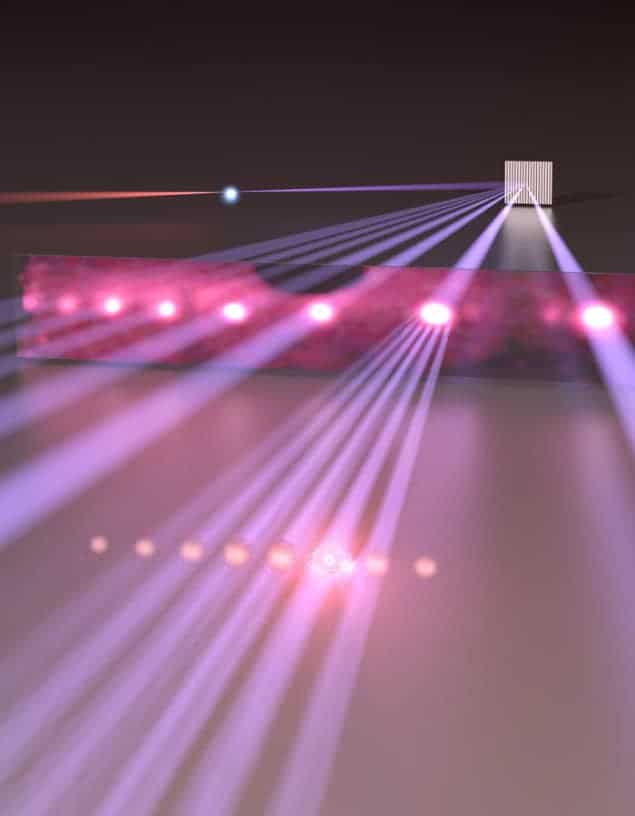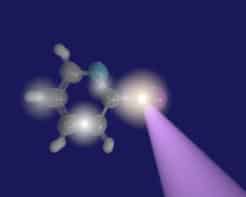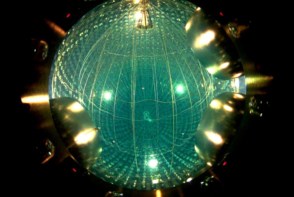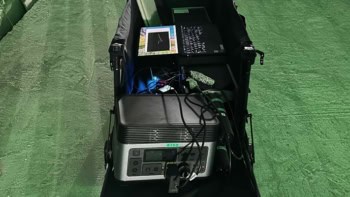
Physicists in the US have created an optical frequency comb that operates in the extreme ultraviolet (XUV). Touted as the first practical comb to work in this region of the spectrum, the device could be used to look for tiny variations in the fine-structure constant and other physical constants that could point to new physics. An XUV comb could also be used to create better atomic clocks and new techniques for atomic spectroscopy.
Frequency combs are created with an ultrafast mode-locked laser, in which pulses of light bounce back and forth in an optical cavity. The frequency spectrum of the resulting train of pulses from such a laser is a series of very sharp peaks that are evenly spaced in frequency, like the teeth on a comb.
When one comb “tooth” is set to a standard frequency – such as that generated by an atomic clock – the absolute frequency of another light source can be measured to great accuracy by comparing it with the other teeth on the comb. The device therefore offers researchers a way of making very accurate spectroscopic measurements of atoms and molecules, and also a way of comparing atomic clocks.
Current combs operate at optical frequencies, and physicists have struggled to extend them into the ultraviolet and beyond. One promising path is a process called high-harmonic generation (HHG), whereby an intense laser ionizes atoms in a gas and then accelerates the electrons causing them to radiate high-frequency photons. HHG has already been used to create pulses of XUV light, but not trains of pulses that are of high enough quality to create a practical XUV comb.
A fine comb
One difficulty in making a practical XUV comb is ensuring that successive pulses have a high degree of phase coherence over time periods as long as seconds. Another challenge is making the pulses intense enough so that the comb can be used to perform atomic spectroscopy experiments. Now, however, Jun Ye and colleagues at the Joint Institute for Laboratory Astrophysics (JILA) in Boulder, Colorado, are the first to demonstrate a technique that addresses both of these problems.
The technique uses a high-power laser to create an intense infrared comb within an optical cavity. The cavity is then filled with xenon gas, which provides the medium for HHG, whereby the intense infrared pulses create pulses of XUV light. These XUV pulses bounce back and forth in the cavity to create a second comb. According to Ye, much of the glory for the demonstration should go to Ingmar Hartl and colleagues at the Michigan-based firm IMRA America, who designed and supplied the high-power laser.
Krypton factor
The comb was also operated using krypton as the HHG gas. In both cases, the team was able to create combs of light in the 40–120 nm wavelength range, which corresponds to XUV light. To demonstrate the comb, Ye and colleagues used it to study specific atomic transitions in argon and neon at wavelengths of 82 nm and 63 nm, respectively. In both cases they showed that light from a single tooth of the comb was intense enough to resolve the transitions. Patrick Gill of the UK’s National Physical Laboratory described the work as “a good example of using the comb mode of HHG to do single-photon spectroscopy in the XUV”.
Ye told physicsworld.com that the comb opens the door to a wide range of new measurements, including tests of single- and two-body quantum theory in atom-like systems. The combs could also be used in next-generation “nuclear clocks”, which are based on nuclear transitions and “tick” at higher frequencies than atomic clocks. Other important applications could be laboratory and astrophysical measurements of variations of fundamental constants such as the fine-structure constant – which could point to physics beyond the Standard Model.
Ted Hänsch at LMU Munich described the work as “an important milestone on the path towards routine use of XUV frequency combs for spectroscopy”. Hänsch – who shared the 2005 Nobel Prize for Physics for the invention of the frequency comb – told physicsworld.com “I am optimistic that frequency-comb techniques can be pushed to shorter wavelengths, but the required mutual phase coherence of successive pulses will make it rather challenging to reach the X-ray regime.”
The research in reported in Nature.



